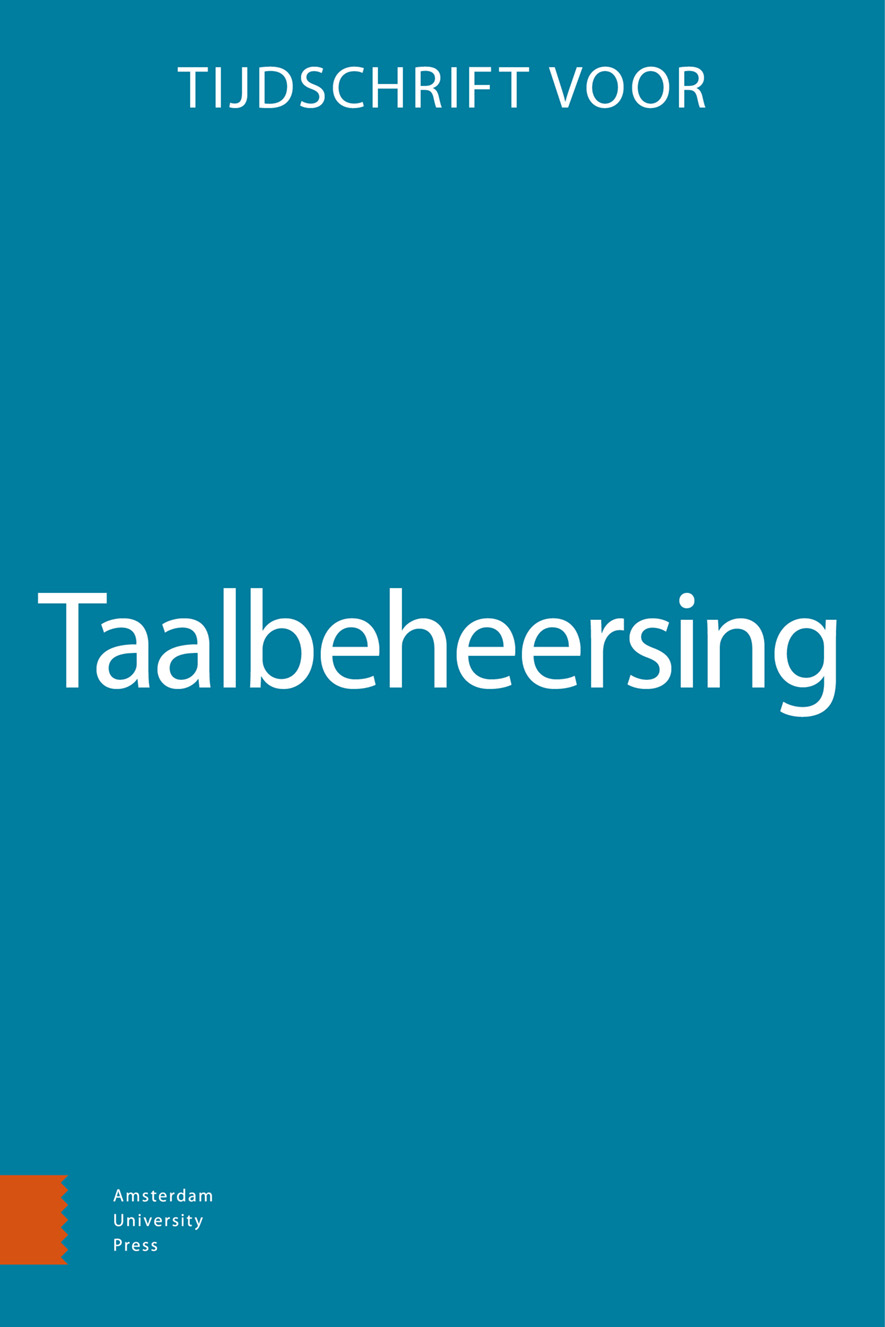-
oa Dat als
Een ‘stijlfout’ in de praktijk1
- Amsterdam University Press
- Source: Tijdschrift voor Taalbeheersing, Volume 44, Issue 2, Dec 2022, p. 109 - 125
-
- 01 Dec 2022
- Previous Article
- Table of Contents
- Next Article
Abstract
Dutch style guides and teaching methods consider the direct sequence of the subordinating conjunctions dat ‘that’ and als ‘if’ a stylistic lapse. It is advised to rewrite sentences containing the sequence by repositioning the conditional als-clause to the final position of the sentence. This study aims to find out to what extent this stylistic lapse actually occurs in several types of texts, and in which situations the aforementioned advice is suitable. We use corpus data from different modes and registers, we provide an overview of language advice from grammars, style guides and teaching methods, and we provide a comparison of Dutch dat als to the treatment of that if in English usage guides. Finally, we analyze the effects of the proposed reformulations, focusing on the function of the conditional clause in context. By doing so, we aim to formulate an informed view on the wide-spread advice concerning dat als ‘that if’, and we aim to refine the advice available in the literature.


